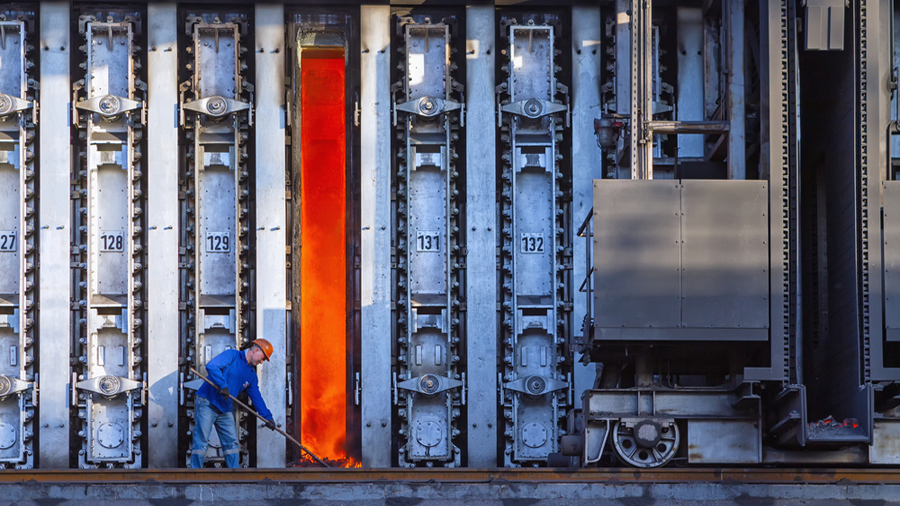After the rout, platinum and palladium face more turmoil before recovery

Platinum and palladium will remain turbulent in coming months after huge losses sparked by the spread of coronavirus, before starting a tentative recovery with support from palladium’s supply gap and platinum’s correlation with gold, analysts said.
Platinum has plunged 40% and palladium 45% from February highs as efforts to contain coronavirus stifled the global economy and turmoil in wider markets forced investors to sell precious metals for emergency cash.
On Monday, platinum suffered its biggest one-day fall on record and touched $558 an ounce – the lowest since 2002 – while palladium tumbled from a record high of $2,875.50 to some $1,500 an ounce.
“Liquidity was simply not there to cope with the amount of selling pressure,” said Saxo Bank analyst Ole Hansen.
On Monday, platinum suffered its biggest one-day fall on record and touched $558 an ounce – the lowest since 2002
“That was probably the technical reason (for the price falls). The fundamental reason is related to the economic outlook, which is obviously looking pretty grim,” he said.
Around 80% of palladium and 40% of platinum is used in vehicle exhausts to remove harmful emissions. Platinum is also widely used in jewellery.
Auto sales could fall 10% this year, analysts at Citi said, reducing palladium consumption by nearly 600,000 ounces – around 6% of global annual demand – and platinum use by close to 300,000 ounces – 4% of annual demand.
Even as factories restart in China, carmakers including Daimler, Volkswagen and Ford have this week suspended manufacturing in Europe, where the virus is spreading fast.
But while weaker demand both for vehicles and jewellery will keep platinum oversupplied, palladium – in deficit for most of the last decade – will remain in shortfall, the Citi analysts said.
They said both metals could fall in the short term, but that platinum would average $1,050 next year and palladium $1,875.
The palladium market remains tight, with metal for near-term delivery costing more than later-dated contracts – a situation that suggests a lack of ready supply – and forward and lease rates, while lower, still well above zero.
Supply of both metals has been reduced by a shutdown at an Anglo American Platinum facility in South Africa, and could be further disrupted as coronavirus spreads.
“You’ll get the demand destruction first – and we are not yet at the bottom – and then the supply destruction,” said Scotiabank analyst Nicky Shiels.
Prices would stay low for some time before recovering, she said.
Even at lower prices, few industrial users have been buying extra, traders and analysts said.
“Even people who will need these metals for industrial uses are hesitant because they don’t know what their sales will be in 3-6 months’ time,” said Macquarie analyst Marcus Garvey.
“Until they start to step in, it’s difficult to call the bottom,” he said.
The bulk of the selling has been by financial investors, analysts said.
Speculators have slashed bets on higher prices for platinum and palladium on the Nymex exchange, though holdings of platinum by exchange-traded funds (ETFs) remain near record highs, exposing the metal to the risk of further sell-offs.
Platinum will however find support from gold, since the two tend to move together, analysts said, and from expectations that auto makers will over time boost their platinum use now that it is so much cheaper than palladium.
Gold prices are expected to rise as investors seek safe places to store money and central banks cut interest rates, making non-yielding bullion more attractive.
“For gold we are optimistic, and that will drag platinum a little higher,” said Philip Newman at consultants Metals Focus. “For all precious metals, these current price levels present buying opportunities.”
(By Peter Hobson; Editing by Veronica Brown and Jan Harvey)
{{ commodity.name }}
{{ post.title }}
{{ post.date }}



Comments